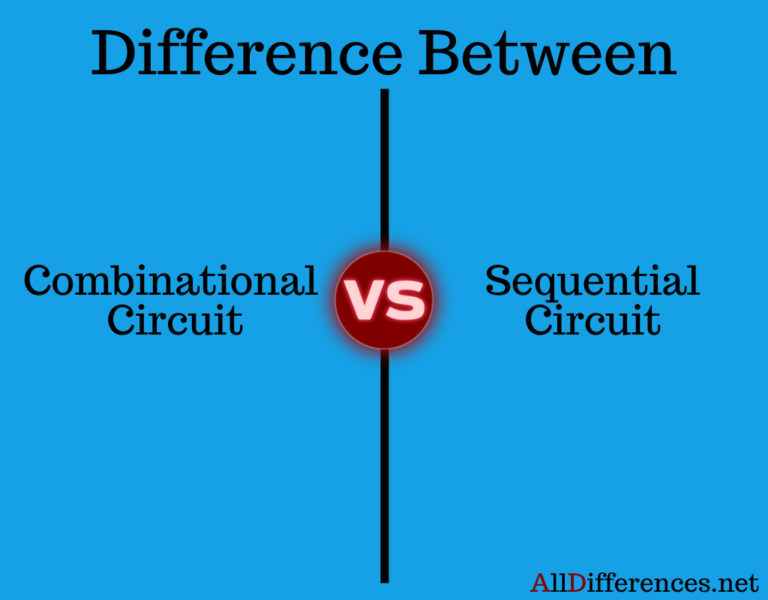

With traditional manual testing, the testers manually look out for defects in the software by following a written test plan consisting of sets of various test cases. Run Tests on Real Device Cloud What is Manual Testing? It provides desktop and mobile devices, installed with real operating systems (Windows, macOS, Android, iOS) and real browsers (Chrome, Firefox, Safari, Edge, IE, and more). Start running tests on 3000+ real browsers and devices on BrowserStack’s real device cloud. Run manual and automated tests on real browsers and devices. Without real devices, it is not possible to monitor how a website or app fares in line with geolocation testing, low battery life, incoming calls, and multiple other features. Remember that emulators and simulators cannot provide real-world conditions for comprehensive software tests.

Since you can’t know which device will be used to access a website or app in a highly fragmented landscape, the more devices one can run tests on, the better. The device pool for testing must include not just the latest devices, but also older devices still active in the market. Whether manual testing or automated testing, real devices are non-negotiable in the testing equation. No machine can decide if a website or app offers a satisfactory user journey without actual human test it, and use their sensibilities to draw necessary conclusions.īefore diving into the article, let’s take a quick detour to mention the importance of real browsers and devices for both manual and automation testing. When end-user usability is being tested: Automation can work wonders, but it can judge if software looks or feels good enough to human users.The effort and money needed to create the test infra would be too high for such a narrow scope. Short-term projects: Since automation requires more investment and planning, it wouldn’t make sure to set them up for a short-term project that focuses on minor features or minimal code.However, if tests need to be repeated with different inputs and values, then automation will be necessary for maximum efficacy. If testers have a clear idea of a particular scenario to test right away, they can run a manual test. Therefore, running manual tests allow more flexibility in the pipeline. Automation testing takes longer to set up, and therefore requires more investment of time and effort. When flexibility is required: With manual tests, QAs can quickly test and immediately see results.Listed below are a few scenarios to show that automation testing cannot replace manual testing. Similarly, product managers and designers use manual testing to test small changes made to websites and apps. This is where Manual Testing stands strong and beats Automation.ĭevelopers use manual testing to replicate and fix bugs reported by QA testers. It is because automation, no matter how smart it is, still lacks cognitive abilities and cannot depict human-like intelligence when it comes to decision-making. Well, the answer is no. Although automation testing exhibits a higher accuracy for algorithm-based test cases, Automation Testing does not stand up to expectations when it comes to testing usability, functionality, aesthetics, UX, or behavior. Can Automation Testing replace Manual Testing? These things are mentioned in detail in the article. There are a lot of things that one must consider while choosing the way by which they want to test the feature/product. It completely defers on a case-by-case basis. When it comes to manual testing vs automation testing, there is no one factor that determines which is best. Testers set up frameworks and create test scripts that automate user actions required for testing a website or app. Testers manually scour through different features of a website or app in order to identify bugs, errors, anomalies, and the like. Manual Testing vs Automation Testing: Which is the best? Manual Testing Some of these testing categories perform better with Automation, while others get desirable results with Manual Testing. Testing is a vast landscape that consists of several categories like black-box testing, white box testing, system testing, system integration testing, performance testing, and load testing. However, manual testing has retained its own special place. It has improved the productivity of developers and QA testers, while ensuring a massive increase in test coverage, to keep up with the proliferation of different devices, browsers, and operating systems. It has helped companies take new features to market faster while ensuring a bug-free user experience. Automation testing has been a buzzword in the world of testing.


 0 kommentar(er)
0 kommentar(er)
